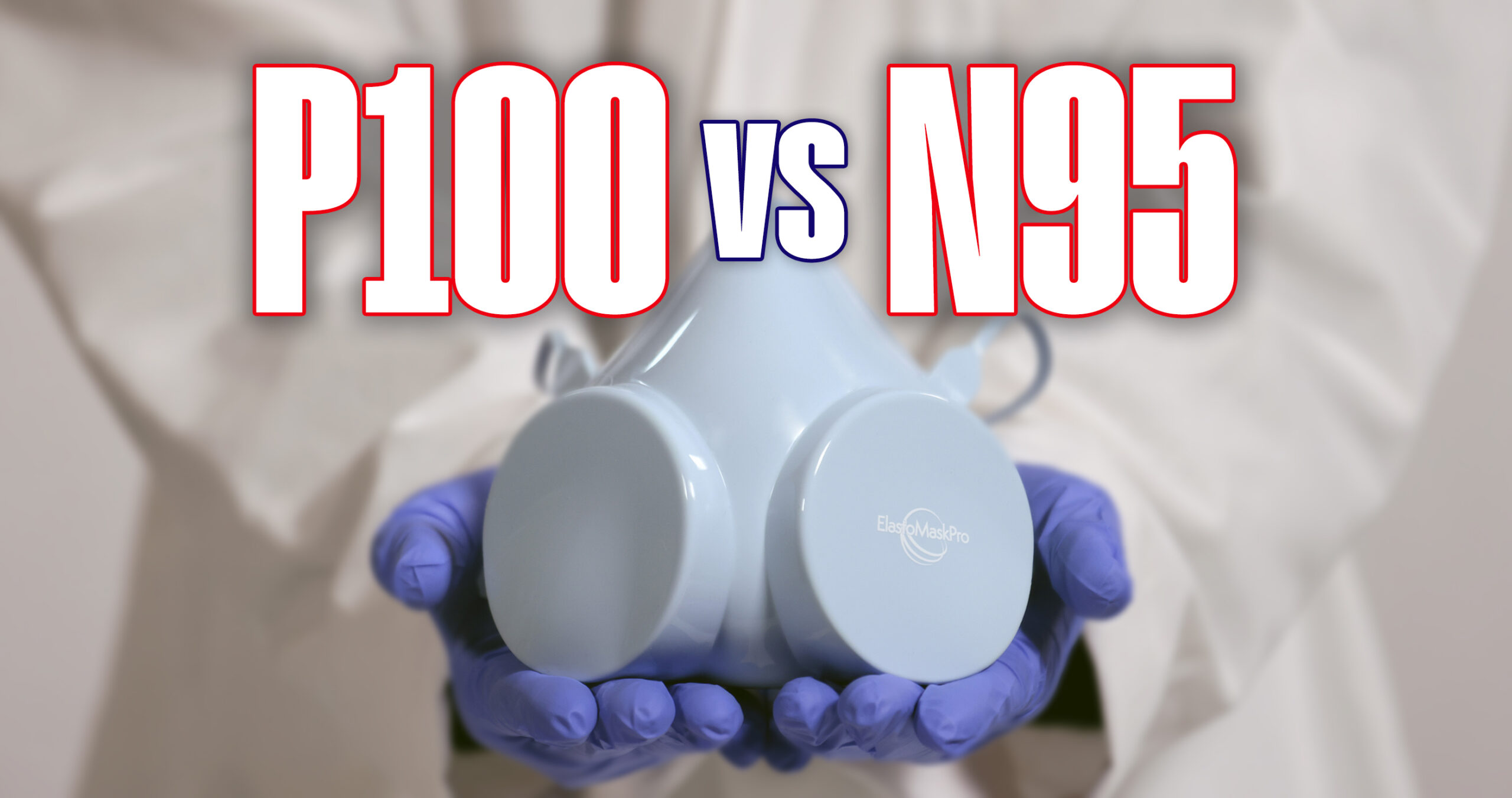
How do you know when to use N95 or P100/N100 protection? The answer is complicated; refer to the Occupational Safety and Health Administration to help you decide, but this blog provides additional information. Respirators depend on two main factors to provide protection: filters and a proper seal to the user’s face. P100/N100 filters are much harder to breathe through than N95 filters. If you must wear your respirator for a long time, breathing resistance will significantly affect your comfort and ability to perform.
Think about the gloves you see a doctor or nurse wearing during a procedure. Disposable, lightweight rubber gloves are highly flexible and cause little interference with a procedure. Larger, bulkier rubber gloves you might use for handling chemicals provide more protection, but they severely restrict movement and ability to perform. Both protect, but one is going to limit your abilities. Realizing that more protection can sometimes do more harm than good is essential.
Higher filtration often means higher breathing resistance. When breathing is labored while wearing a respirator, it can affect physical and cognitive performance while generally being uncomfortable. If a respirator is uncomfortable, you’re more likely to want to adjust or break the face seal to get relief. But once the seal to the face is compromised, the protection level drops significantly, regardless of the type of filter.
The ElastoMaskPro is an N95 respirator intentionally designed to be easy to breathe through. It is much easier to breathe through than devices using P100 or N100 filters and outperforms other N95 respirators. Both protection and comfort are important, so you get both with the ElastoMaskPro.

